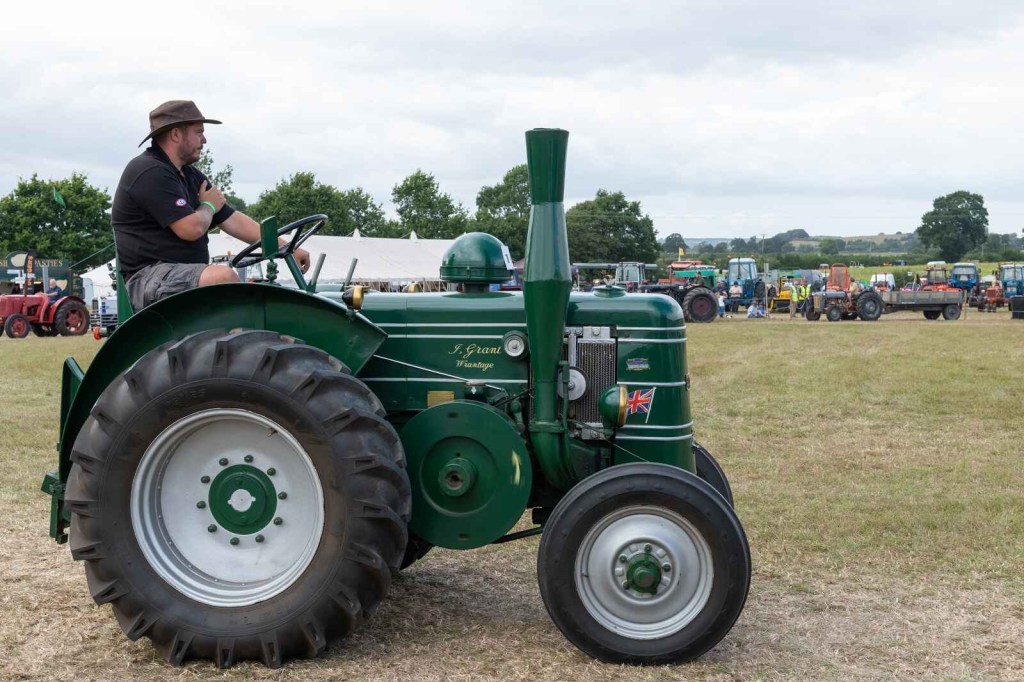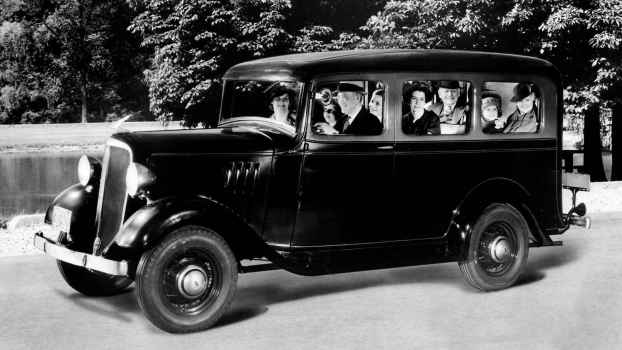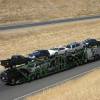
You Can Easily Start This Tractor With…a Shotgun Shell?
You won’t see this tractor on U.S. fields today, but some are saying this is the most American piece of farm equipment they’ve ever seen. The Field Marshall was a British tractor manufactured from 1945 to 1957. The Diesel-powered single cylinder engine requires something unusual to start it the “fast” way: a 12-gauge shotgun shell.
The process is super-manual but fascinating. There’s a clip of getting this antique tractor going embedded below.

Steps to starting a 1948 Field Marshall antique tractor
First, the operator must turn a pulley on the side of the tractor’s engine bay to get the piston slightly past top dead center (TDC). There are clear markings, so you can plainly see the exact spot. Lining the piston up as such ensures that spark happens in the correct cylinder positioning.
Next, you turn a little crank to prime the engine with oil. You need to do this each time you want to start the tractor.
After, you have to open the compression valve. For shotgun starting, pick the “first position” setting.
Then, you’ll set up the glow plug. This is threaded into the very front of the motor. Take it out and secure a little piece of waxed rolled paper on the end. Light the paper to a smoldering red glow. Thread the glow plug back in.
The final prep step is going to the other side of the engine bay and loading your 12-gauge shotgun shell – a blank one, of course.
The outside of the shell carrier has a little firing pin built into it. Once resecured, you hit the firing pin with a hammer.
This process will kick-start the engine for its first revolution. After, the glow plug and diesel fuel should keep the motor going without any external help.
There is a more labor-intensive method to getting the Field Marshall running, which is crank starting.
Set the compression valve to the fourth setting. Then, you still have to help the glow plug with a lit piece of paper. Next, you have to rotate the crank lever pretty much as fast as you can for four revolutions. It’s no easy task and takes some brute strength and speed.
While modern tech makes everything easier, I think it’s good for folks to know how equipment runs without a battery or electricity. You never know when understanding antique tractor engines will come in handy.






